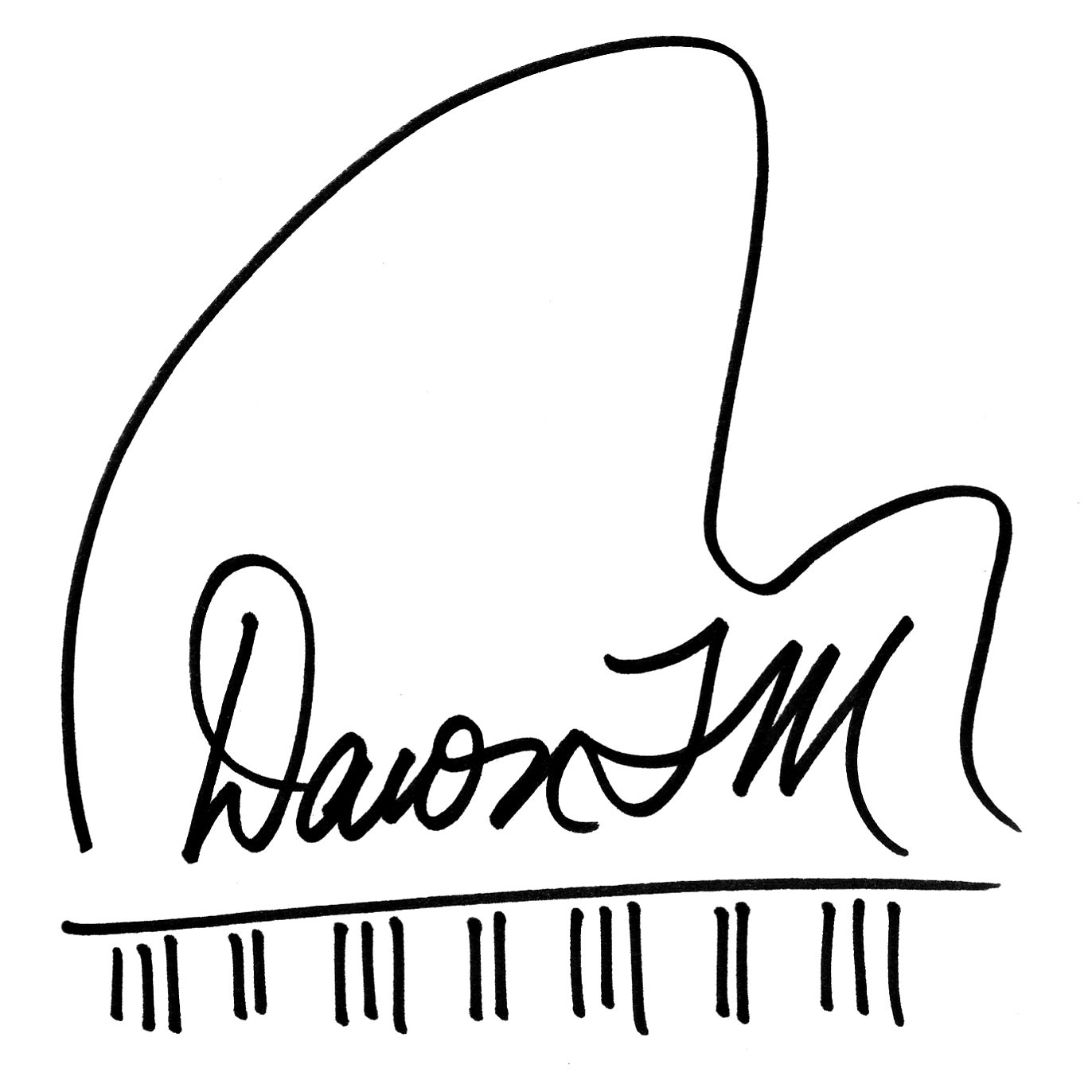Having good piano posture and an ability to move freely at the keyboard without tension is fundamental to piano playing. The goal is to play without tension and in harmony with our body structure.
“Have the body supple right to the tips of the toes” – Chopin
- Sit tall
Sit on front half of bench. - Feet Flat on floor
Feel some weight in your feet. - Adjust bench distance from piano
With your arms stretched out, your knuckles should read the fallboard. - Center your body with the piano
Your belly button should be roughly opposite “middle C”. - Arms support hands
Adjust bench height so forearms are parallel to floor. - Release tension
Shoulders should be “down” and relaxed. - Balance
Lean slightly forward.
Release Tension:
* Stretch or shake your arms and hands.
* Inhale deeply through your nose while tensing up, exhale through your mouth while releasing tension.
* Smile
Side to side movement:
* The head leads (like a snake).
* Movement is distributed over the entire spine. The spine extends from the base of the head all the way down to the pelvis.
* Torso movements originate at the hip joint.
Balance:
* Legs bend at the hip joints and weight is delivered through the sit bones to the bench allowing freedom of movement to the legs.
* A pianist should feel three points of contact for balance, the sitting bones and the two feet.
* The goal is to sit in balance to eliminate tension and have maximum freedom for our arms.
Bench placement and height:
* The optimum bench height is whatever height leaves the forearm level. Most benches are too low and don’t allow the pianist to sit at the right height. With the hand in a natural curved position, the forearm should be level with the tip of the elbow being at the same height as the top of the white keys.
* Most beginning pianists sit too close to the piano and restrict their arm movement. The bench needs to be placed so the pianist can easily reach the entire keyboard.
Basic movement of the arm at the piano is typically combinations of:
* Up and Down
* In and Out
* Swiveling left and right
* Rotation left and right
All of these arm movements require movement and support from the upper torso to varying degrees. Your arms should be envisioned as structures connected to your core, not just the shoulder.
References:
The Eight Directions of Arm Movement by Dr. Robert Henry, Piano Department Chair, Kennesaw State University MTNA Webinar.
“What Every Pianist Needs to Know About the Body” by Thomas Mark

